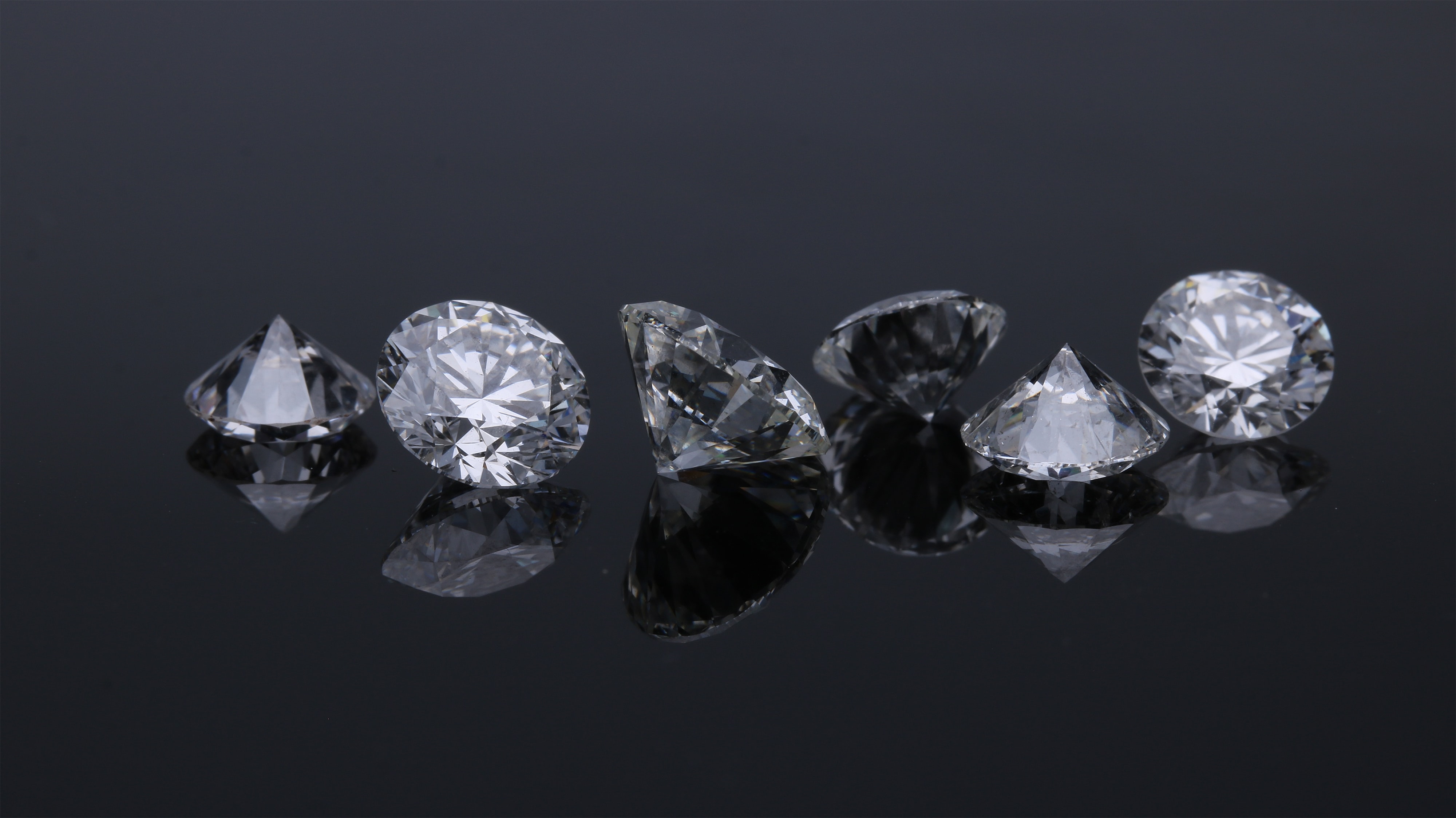Quantum computing and communication is a highly exciting technology, capable of changing the current information paradigm. Instead of having to run expensive, time consuming, clinical trials for novel drug development, initial vetting of novel pharmaceuticals could be done computationally with a highly advanced quantum computer. Or it would be possible to send perfectly secure messages over a quantum internet, guaranteeing the security that underpins our modern economy. And given that a scalable quantum computer would simultaneously jeopardise current encryption protocols, quantum technology is a double edged sword.
However, in order to realise these revolutionary milestones many key hurdles remain. For instance, a large-scale quantum computer still needs to be developed. Further, a quantum network, which can transfer quantum data between users and between quantum computers also needs to be developed. And finally, these two pieces of technology must be error-tolerant such that they are practical for real-world applications that necessarily have design imperfections, computing errors and communications faults.
To circumvent these errors and facilitate the development of a large quantum network, my research focuses on photonic cluster states. This unique quantum resource consists of a large collection of photons, the very same particles used to transmit this article’s information over the internet. However, what differentiates this quantum resource from a classical communication protocol is that these individual particles of light are connected to one another through quantum entanglement. This highly interconnected cluster of photons has the extraordinary feature that if one (or a few) of the particles of light is lost, as will inevitably happen in any realistic quantum internet architecture owing to design imperfections, the information contained within the cluster can still be transmitted as originally intended. Ultimately, this means that a photonic cluster state is able to transmit arbitrarily complex quantum information, and connect the most powerful quantum computers that could ever be developed, all whilst being impervious to the imperfections that permeate any real-world network (both quantum and classical).
To generate these cluster states, which promise to bring about the quantum internet, we are using tin atoms implanted into a diamond. When we hit a tin atom with a laser, it emits a photon, and given very precise control over the frequency and duration of the incoming laser pulse it is possible to stich together a photonic cluster state from the photons emitted from our tin atom. Ultimately, we are working to demonstrate that tin atoms implanted in diamond are a viable candidate for sophisticated quantum networking in the near future and can surpass the initial, proof-of-principle, demonstrations that have been achieved using different atoms implanted into diamond.
NanoDTC Associate, a2020

